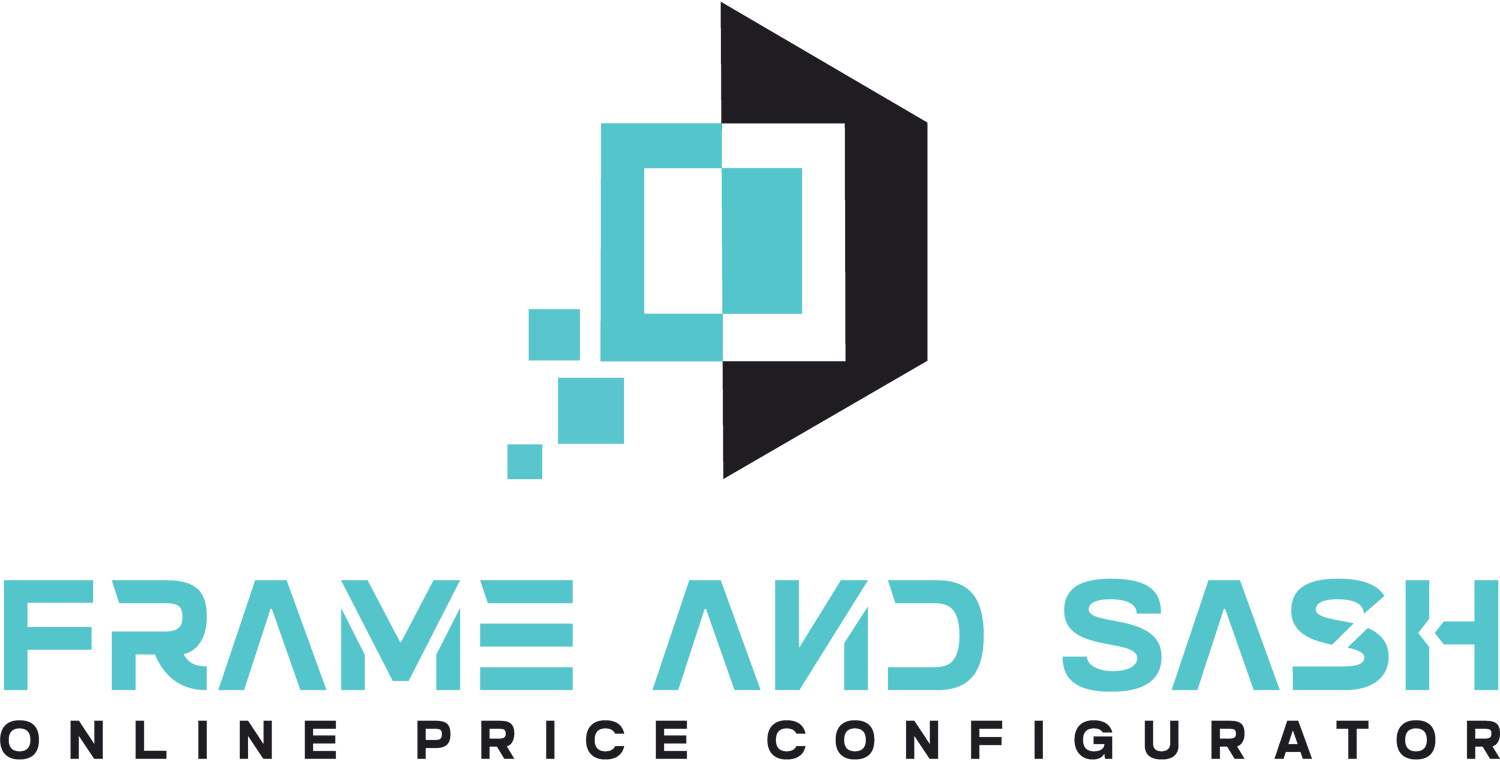Great stories attract attention, build trust, and drive action—whether you sell windows, doors, or any home-improvement solution. Below are six proven storytelling frameworks from Pixar, classic narrative theory, and top marketers. For each, you’ll learn what it is and how to apply it with real examples in the window & door industry.
⸻
1. Pixar’s Fill-in-the-Blanks Structure
Framework Steps
1. Once upon a time… (Beginning)
2. Every day… (Routine)
3. But one day… (Routine broken)
4. Because of that… (Consequence)
5. Because of that… (Success or failure)
6. Until finally… (Climax)
7. And ever since then… (End)
How to Use It
• Website “About Us” Page:
Once upon a time, homeowners struggled with drafty windows.
Every day, they paid high energy bills.
But one day, we invented an energy-efficient frame that seals tightly.
Because of that, customers saved 25% on heating costs.
Because of that, our orders grew from 10 to 100 per month.
Until finally, families enjoy warm, quiet homes year-round.
And ever since then, we’ve been the trusted choice for custom windows.
• Email Sequence: Use each line as a separate email to build suspense and show your solution’s impact.
⸻
2. The Hero’s Journey
Key Stages
1. Ordinary World
2. Call to Adventure
3. Meeting the Mentor
4. Crossing the Threshold
5. Tests, Allies & Enemies
6. Approach the Challenge
7. Ordeal
8. Reward
9. The Road Back
10. Resurrection
11. Return with the Elixir
How to Use It
• Customer Case Study: Cast your customer as the Hero.
1. Ordinary World: A builder juggling multiple supplier quotes.
2. Call to Adventure: They hear about your 60-second digital quoting tool.
3. Meeting the Mentor: A quick demo with your sales rep.
4. Crossing the Threshold: They decide to trial your service.
5. Tests & Allies: They measure windows, upload specs, and you guide them.
6. Ordeal: A complex custom order with unusual sizes.
7. Reward: Perfect windows delivered on time.
8. Return with the Elixir: They share their success story, winning more projects.
⸻
3. Freytag’s Pyramid
Emotional Arc
• Exposition (Beginning): Introduce context
• Rising Action (Middle): Build tension
• Climax (Middle): Peak conflict or challenge
• Falling Action (End): Show results
• Resolution (End): Close the loop
How to Use It
• Sales Presentation Slide Deck:
1. Exposition: “Why energy efficiency matters today.”
2. Rising Action: “High bills and drafts are a hidden cost.”
3. Climax: “Without a reliable seal, you lose 20% of heat.”
4. Falling Action: “Here’s how our window frame stops that loss.”
5. Resolution: “Your next step: schedule a free on-site measurement.”
⸻
4. The Golden Circle
Circles
• Why: Your purpose or belief
• How: Your unique process
• What: Your product or service
How to Use It
• Marketing Brochure:
• Why: “We believe every family deserves a comfortable home.”
• How: “By combining German-engineered profiles with local installation excellence.”
• What: “We offer custom-fit windows and doors with a 10-year warranty.”
Leading with Why creates an emotional bond and attracts loyal customers.
⸻
5. The Hook–Story–Offer (HSO)
Three Steps
1. Hook: Grab attention fast
2. Story: Build connection & trust
3. Offer: Clear, irresistible call-to-action
How to Use It
• Social Media Reel:
1. Hook: “Stop! Don’t order your windows yet…”
2. Story: Quick montage of wrong measurements and frustrated homeowners.
3. Offer: “Download our free Measurement Checklist now—link in bio!”
⸻
6. The 5 C’s of Storytelling
1. Clarity: Keep the story focused
2. Connection: Make it relevant to your audience
3. Character: Feature people—installers, homeowners, or team members
4. Conflict: Show a real problem (drafts, high bills, delays)
5. Closure: Deliver a satisfying ending
How to Use It
• Blog Post:
• Clarity: Title: “How One Window Upgrade Cut a Family’s Bills by 30%”
• Connection: Address “you” directly: “If you feel a draft…”
• Character: Profile the Johnson family.
• Conflict: Their old windows leaked in every storm.
• Closure: After installation, they sleep warmer and save money.
⸻
Putting It All Together
1. Plan Your Campaign: Use Golden Circle to define your brand message.
2. Write Your Story: Choose Pixar or Hero’s Journey to map the narrative.
3. Structure Your Content: Apply Freytag’s Pyramid for your presentations.
4. Capture Leads: Use HSO on social media and email.
5. Polish Your Message: Follow the 5 C’s to ensure every piece is clear, relevant, and engaging.
By combining these six frameworks, your marketing and sales content will be more compelling, memorable, and effective. Try one framework in your next campaign—and watch your window & door business open new doors of opportunity!


